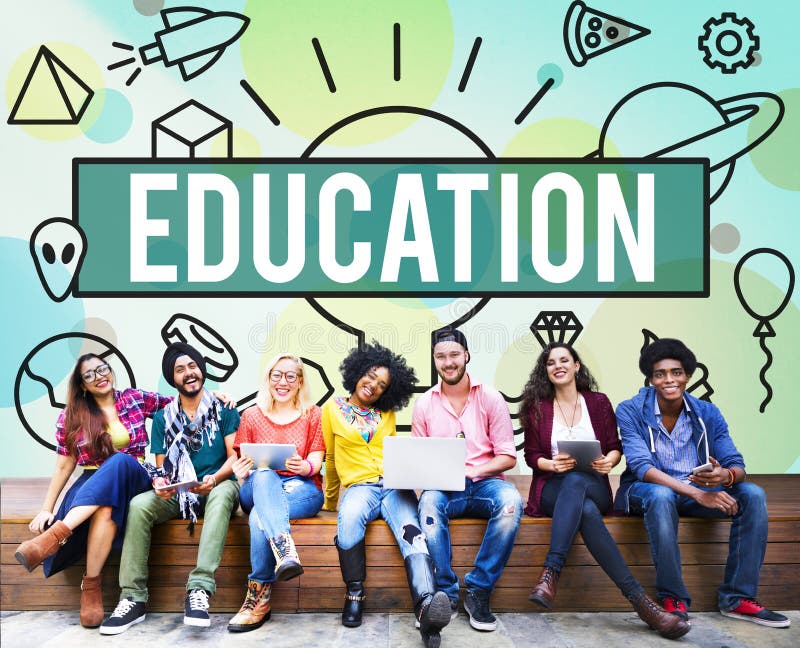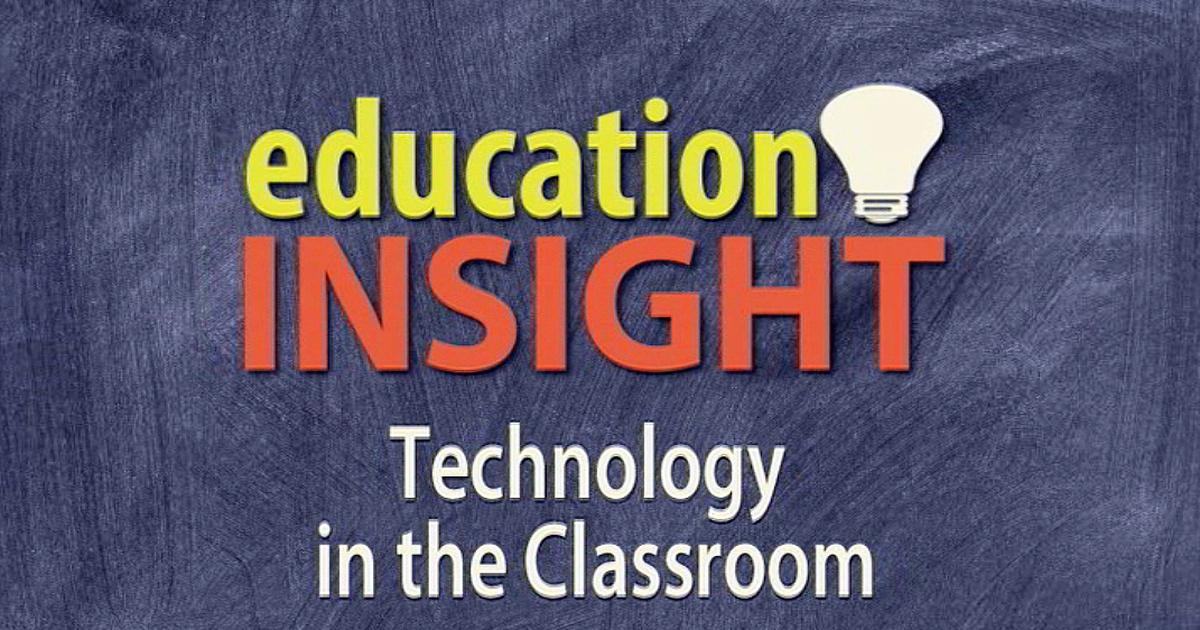Access Key Study Resources via School Drillers Education Insight
Access Key Study Resources via School Drillers Education Insight
Blog Article
The Role of Education in Building a Comprehensive Educational Site for All
The role of education in developing an extensive instructional site for all is progressively recognized as important in today's diverse culture. By focusing on inclusivity and leveraging cutting-edge mentor methods alongside innovative modern technology, instructors can produce a setting that meets the varied demands of learners. Moreover, fostering partnership with regional areas boosts the support network important for pupil success. The inquiry remains: just how can we efficiently gauge the success and effect of these campaigns to ensure they accomplish their designated objective? This query welcomes additional expedition right into the characteristics of educational equity and effectiveness.
Relevance of Inclusivity

When academic sites focus on inclusivity, they produce a culture of belonging where every pupil feels valued and equipped. This environment urges active participation, cooperation, and shared respect amongst learners, helping with more powerful social partnerships. Moreover, comprehensive practices contribute to improved academic outcomes, as pupils are more probable to involve with the educational program when they see their identities mirrored and valued.
In addition, inclusivity prepares trainees for a varied workforce and culture, equipping them with the skills essential to navigate and add positively to different environments. By accepting inclusivity, instructional sites not just fulfill their ethical responsibilities yet likewise improve the instructional landscape, ultimately profiting students, teachers, and the community at huge. Fostering inclusivity is essential for the advancement of equitable and efficient education.
Leveraging Modern Technology for Understanding
Integrating technology right into academic websites improves inclusivity by offering varied discovering tools and resources tailored to private requirements. Digital systems permit the integration of multimedia resources, such as video clips, interactive simulations, and gamified discovering experiences, which accommodate varying learning styles. This access guarantees that learners can engage with content in means that resonate with them, fostering a much deeper understanding of subject.
In addition, technology facilitates real-time responses and individualized discovering paths. With flexible knowing innovations, educational sites can analyze private performance information, enabling tailored content shipment that satisfies each learner's pace and proficiency level. This approach not only boosts interaction however likewise empowers trainees to take ownership of their learning journey.

Innovative Training Approaches

One famous approach is project-based learning (PBL), which urges pupils to take part in hands-on projects that deal with complicated inquiries or difficulties. This approach promotes cooperation, creative thinking, and analytical abilities, all of which are important in today's labor force. Turned class have gotten traction, where traditional knowing is turned around; pupils examine lecture products at home and involve in interactive tasks throughout class time, promoting much deeper understanding and retention.
An additional substantial pattern is the integration of gamification into education and learning. By incorporating game elements into lessons, educators motivate learners and improve engagement with competition and benefits. Additionally, differentiated instruction tailors finding out experiences to fulfill the diverse requirements of pupils, enabling personalized discovering courses that adapt to varying interests and abilities.
Cooperation and Community Building
Regularly, cooperation and area structure are acknowledged as necessary parts of efficient education and learning, promoting a comprehensive and encouraging knowing environment. These elements create a framework where pupils, instructors, and community members can take part in meaningful communications, improving the instructional experience for all participants.
Partnership encourages the sharing of concepts, resources, and knowledge, assisting in a richer learning procedure. This dynamic assists to damage down silos within the academic ecosystem, promoting interdisciplinary approaches that can attend to complicated problems. By collaborating, instructors can develop cutting-edge educational programs that reflect varied point of views while meeting the varied demands of pupils.
Neighborhood structure goes hand in hand with collaboration, as it grows a feeling of belonging among all stakeholders. They are a lot more likely to invest time and resources into cumulative goals when individuals feel linked to their academic neighborhood. This shared commitment can cause boosted inspiration, improved scholastic end results, and higher retention rates.
In addition, promoting collaboration and neighborhood structure can also expand beyond the classroom, entailing parents, neighborhood organizations, and businesses. These partnerships can give assistance and resources that enhance academic possibilities, inevitably adding to an extra extensive academic site for all.
Gauging Success and Effect
The performance of cooperation and community structure in instructional setups can be evaluated through different metrics that gauge success and impact. These metrics may consist of pupil engagement levels, academic performance, retention rates, and community responses. By utilizing measurable information such as examination scores and college graduation prices, academic stakeholders can assess the total effectiveness of collaborative efforts.
Additionally, qualitative assessments, such as studies and linked here emphasis groups, provide important understandings into participant complete satisfaction and perceived advantages of community-building activities. Consistently tracking these metrics allows teachers to identify areas of toughness and those needing improvement, ensuring that joint efforts stay concentrated and impactful.
Additionally, longitudinal researches can help measure the lasting effects of educational partnerships on pupil outcomes and area growth. These assessments can expose fads over time, illustrating exactly how continual collaboration promotes an atmosphere helpful to finding out and development.
Ultimately, defining success in educational settings needs a diverse technique, incorporating both measurable and qualitative information. By continually reviewing the impact of collaboration and community-building initiatives, educational sites can refine their techniques, ensuring they meet the diverse needs of all stakeholders involved.
Conclusion
In conclusion, education and learning serves as a cornerstone you can try this out in developing a detailed academic website that focuses on inclusivity for all students. Inevitably, the commitment to inclusivity and equity prepares pupils for success in a varied and interconnected globe, enhancing the transformative power of education.
The value of inclusivity in instructional websites can not be overstated, as it plays an essential duty in promoting an understanding environment that fits varied histories and capabilities. Inclusivity makes certain that all pupils, no matter of their socio-economic status, ethnic culture, gender, or finding out abilities, have fair access to educational resources and opportunities.When instructional websites focus on inclusivity, they create a society of belonging where every student really feels valued and encouraged. By accepting inclusivity, instructional websites not only satisfy their moral commitments however also enrich the academic landscape, eventually benefiting trainees, instructors, her explanation and the area at huge.The efficiency of collaboration and community structure in educational settings can be analyzed with different metrics that determine success and influence.
Report this page